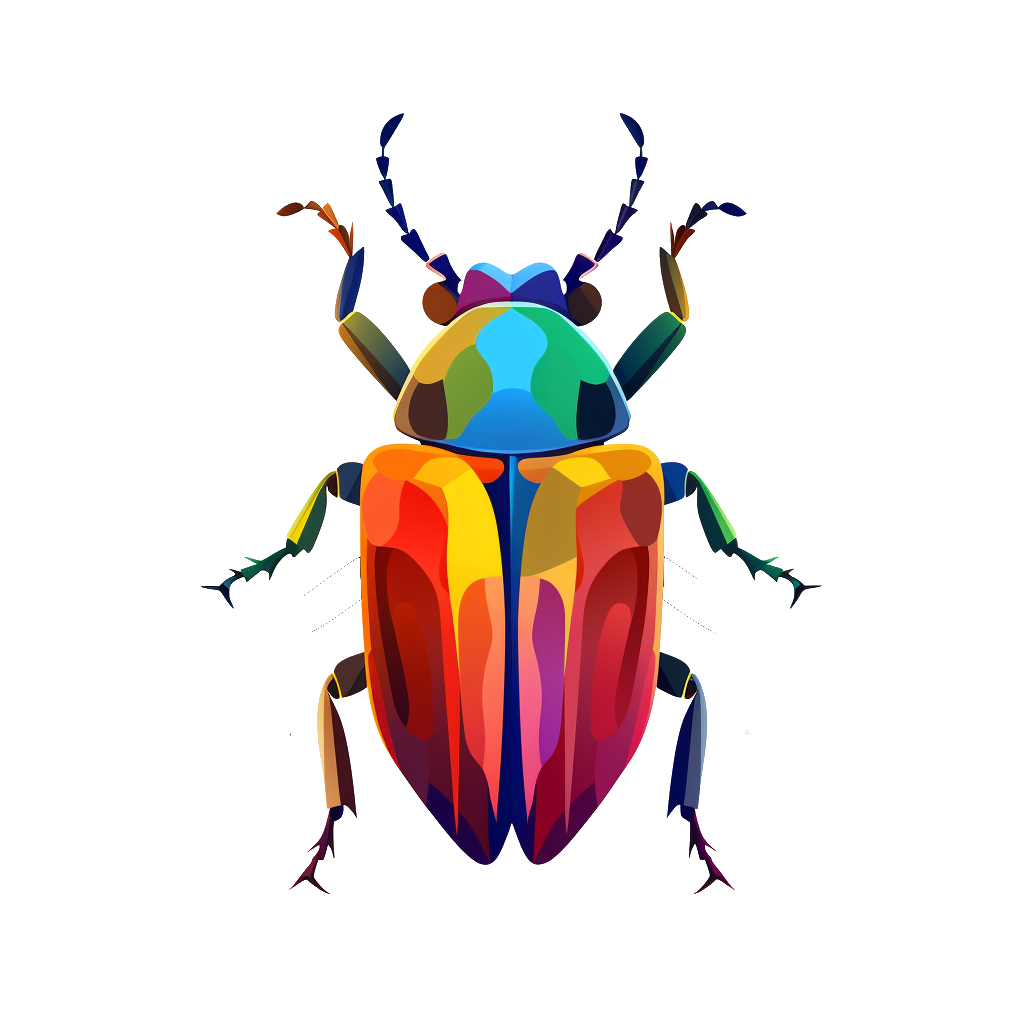In North America, dragonfly migrations occur annually in late summer and early fall. Although it’s not clear what species of dragonfly caused a stir among sunbathers this weekend, Virginia “Ginger” Brown, the leading dragonfly expert in the Ocean State, told NBC 10 WJAR in 2021 that witnessing such an abundance of dragonflies along the coast is a miracle.
While about 130 species of dragonflies are known in Rhode Island, Brown told WJAR that the Common Green Darner comprise the bulk of those that migrate on a yearly basis, with others accompanying their flights.
The Common Green Darner is the “best-known migrant dragonfly,” according to the Vermont Center for Ecostudies. The large specimens are found in Rhode Island and are known for being fast travelers and “water-loving” insects striking in appearance, with translucent wings and green coloration, according to InsectionIdentification.org.



My understanding is that the sort of dragonflies that perch and wait can get those numbers, but the sort that fly around looking for prey have not been studied (perchers versus hawkers). Still, articles like this just make the claim without distinction: https://www.nps.gov/articles/species-spotlight-dragonflies.htm
From Royal Society Publishing 2016:
There have been all kinds of studies on their wing shape, rigidity, flight speed, how and which neurons respond to stimuli, and how ancient they are. The thing I find intriguing is that their flight muscles are … basically exposed and wired to the eyes. That’s an over simplification, though.
From CalTech via PNAS 2012:
also:
Check out the pic from U of S. Florida: